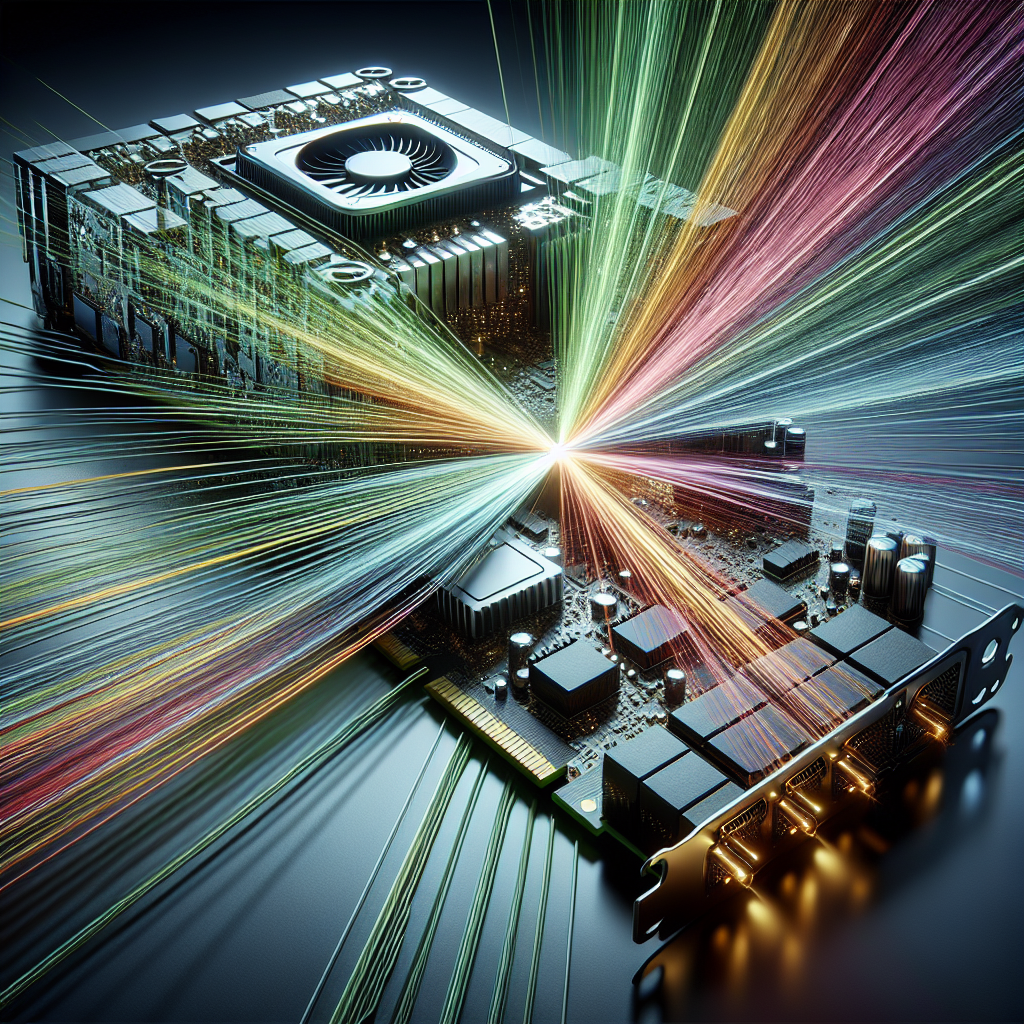Your cart is currently empty!
Unlocking Real-Time Ray Tracing with NVIDIA’s RTX GPUs

Real-time ray tracing has been a dream of computer graphics enthusiasts for decades. The ability to accurately simulate the behavior of light in a virtual environment has the potential to revolutionize the way we create and interact with digital content. However, until recently, real-time ray tracing was considered too computationally intensive for consumer-grade hardware to handle.
That all changed with the introduction of NVIDIA’s RTX GPUs. These powerful graphics cards are equipped with dedicated ray tracing cores, allowing them to perform real-time ray tracing calculations with unprecedented speed and accuracy. This breakthrough has opened up new possibilities for game developers, filmmakers, and other content creators looking to bring their visions to life in stunning detail.
One of the most exciting applications of real-time ray tracing is in the world of video games. Traditionally, game developers have had to rely on pre-rendered lighting effects to create realistic environments. This approach limits the dynamic nature of the game world and can result in scenes that feel static and lifeless. With real-time ray tracing, developers can create truly immersive gaming experiences that react to changes in lighting conditions in real-time. This means that shadows, reflections, and other lighting effects will accurately reflect the player’s movements and actions, leading to a more realistic and engaging gameplay experience.
In addition to gaming, real-time ray tracing is also being used in other industries, such as film and television production. With the power of NVIDIA’s RTX GPUs, filmmakers can now create photorealistic visual effects without the need for costly and time-consuming post-production processes. This opens up new possibilities for storytelling and allows filmmakers to create more immersive and visually stunning worlds for their audiences to explore.
Overall, the introduction of real-time ray tracing with NVIDIA’s RTX GPUs represents a major leap forward in the world of computer graphics. By unlocking the power of ray tracing in real-time, content creators have the tools they need to push the boundaries of what is possible in digital storytelling and immersive experiences. As technology continues to evolve, we can expect to see even more groundbreaking applications of real-time ray tracing in the years to come.

Leave a Reply